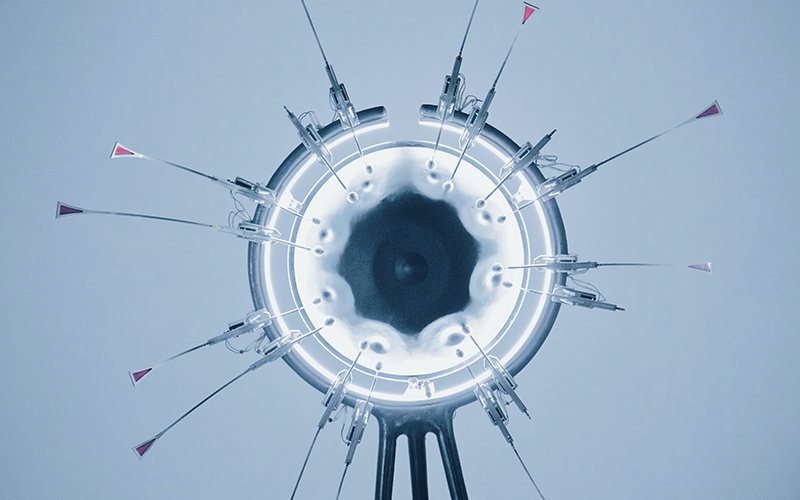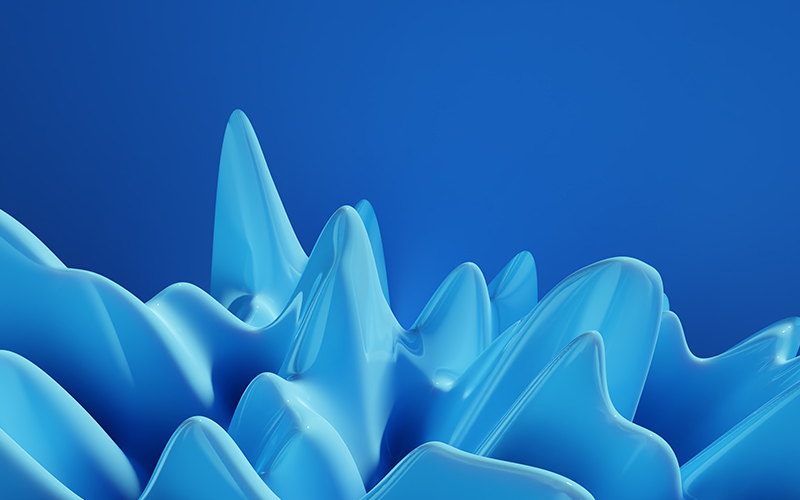Nobuyoshi Fukumitsu 1,* and Yoshitaka Matsumoto 2,3
1 Kobe Proton Center, Department of Radiation Oncology, Kobe 650-0047, Hyogo, Japan
2 Department of Radiation Oncology, Clinical Medicine, Faculty of Medicine, University of Tsukuba,Tsukuba 305-8575, Ibaraki, Japan; ymatsumoto@pmrc.tsukuba.ac.jp
3 Proton Medical Research Center, University of Tsukuba Hospital, Tsukuba 305-8576, Ibaraki, Japan
* Correspondence: fukumitsun@yahoo.co.jp; Tel.: +81-78-335-8001
Abstract: The development of 4-10B-borono-2-18F-fluoro-L-phenylalanine (18FBPA) for use in positron emission tomography (PET) has contributed to the progress of boron neutron capture therapy (BNCT). 18FBPA has shown similar pharmacokinetics and distribution to 4-10B-borono-L-phenylalanine (BPA) under various conditions in many animal studies. 18FBPA PET is useful for treatment indication. A higher 18FBPA accumulation ratio of the tumor to the surrounding normal tissue (T/N ratio) indicates that a superior treatment effect is expected. In clinical settings, a T/N ratio of higher than 2.5 or 3 is often used for patient selection. Moreover, 18FBPA PET is useful for predicting the 10B concentration delivered to the tumor and surrounding normal tissues, enabling high-precision treatment planning. Precise dose prediction using 18FBPA PET data has greatly improved the treatment accuracy of BNCT.
However, the methodology used for the data analysis of 18FBPA PET findings varies; thus, data should be evaluated using a consistent methodology so as to be more reliable. In addition to PET applications, the development of 18FBPA as a contrast agent for magnetic resonance imaging that combines gadolinium and 10B is also in progress.



